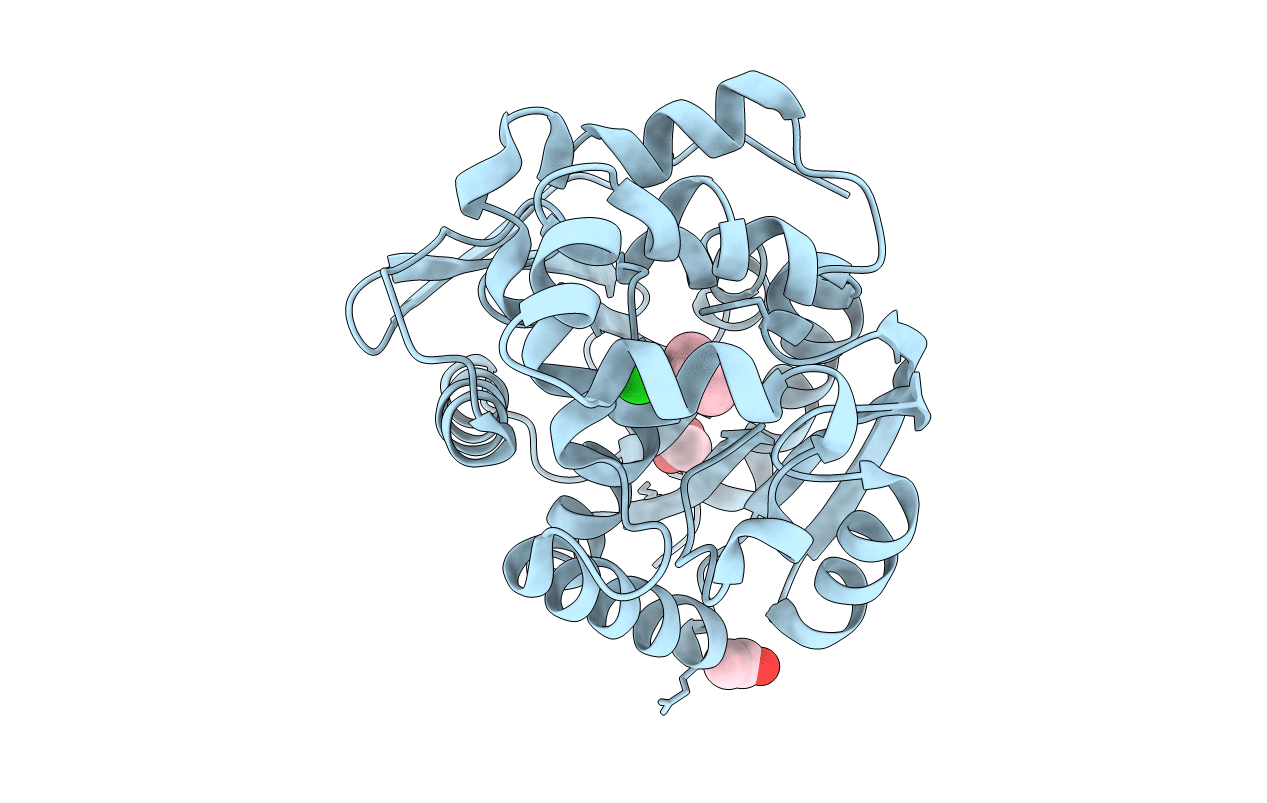
Deposition Date
2012-03-12
Release Date
2013-03-13
Last Version Date
2023-09-13
Entry Detail
PDB ID:
4E46
Keywords:
Title:
Structure of Rhodococcus rhodochrous haloalkane dehalogenase DhaA in complex with 2-propanol
Biological Source:
Source Organism:
Rhodococcus rhodochrous (Taxon ID: 1829)
Host Organism:
Method Details:
Experimental Method:
Resolution:
1.26 Å
R-Value Work:
0.11
R-Value Observed:
0.11
Space Group:
P 1


